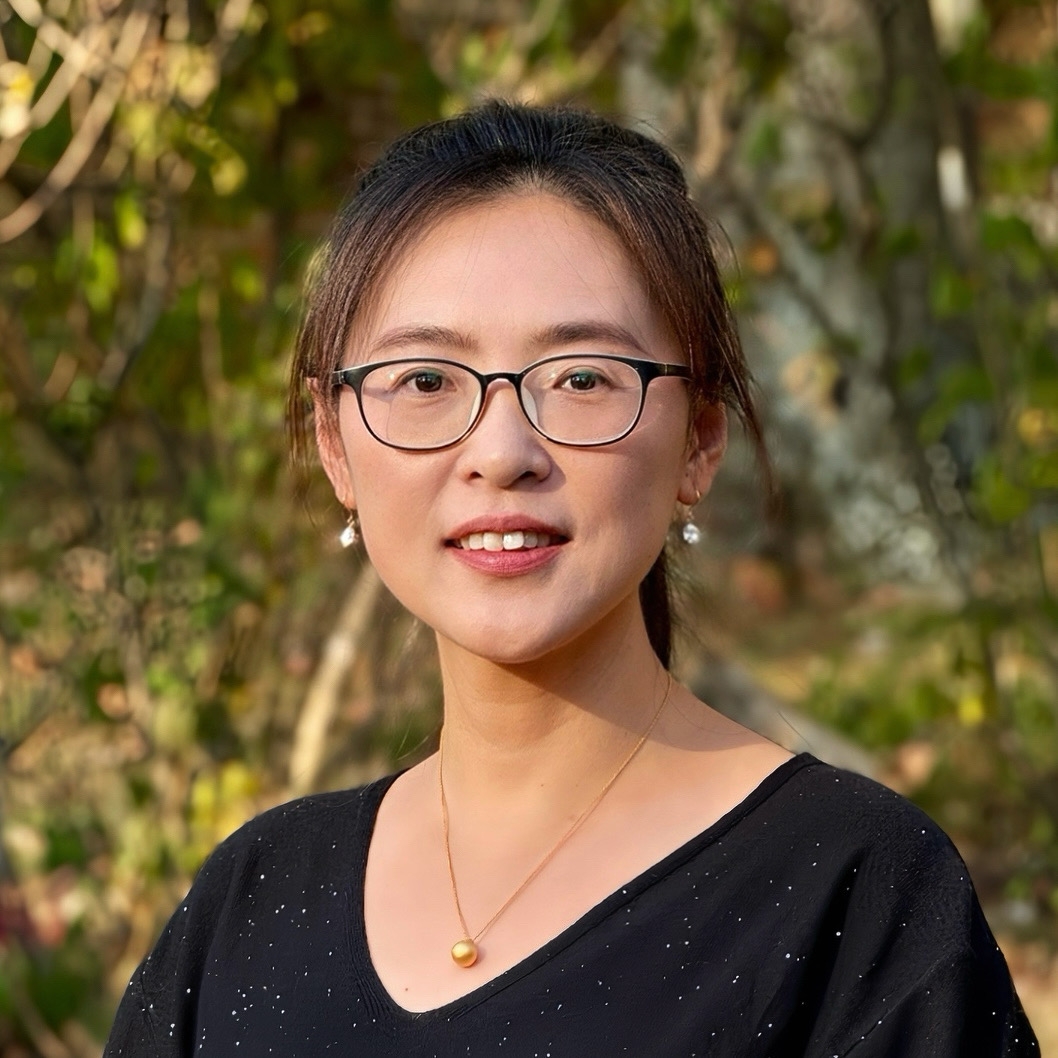- Ph.D. in Forest Botany and Tree Physiology from Georg-August-Universität Göttingen in Germany

210 Drillfield Drive
Blacksburg, VA 24061-0306
USA
I received my B.S. in Biology from Shenyang Normal University in China, where I followed a teaching track that inspired my early passion for education. I completed my M.S. in Biochemistry and Molecular Biology at Beijing Forestry University, studying key enzymes in the lignin biosynthesis pathway. I later moved to Germany and earned my Ph.D. under the mentorship of Prof. Andrea Polle at the University of Göttingen. My doctoral research focused on the molecular and physiological responses of trees to environmental stress and global climate change.
In 2015, I came to Virginia Tech for my first postdoctoral position, studying gene regulatory networks in response to day length and nutrition stress using next-generation RNA sequencing and computational analysis. In 2020, I worked in the biotechnology industry in China, supporting next-generation sequencing applications in clinical oncology. In 2021, I joined Dr. Ni’s lab as a Research Scientist in the School of Neuroscience at Virginia Tech, where my research focuses on thermosensation in Drosophila—exploring how fruit flies sense and respond to temperature changes.
In 2025, I expanded my focus to neuroscience education, teaching courses that integrate modern experimental approaches with imaging and data analysis. I believe that a strong foundation in hands-on learning and critical thinking helps students deepen their understanding of neuroscience and prepare for future careers or graduate study.
My research investigates how animals perceive and adapt to complex environments. Using Drosophila melanogaster as a model system, I explore how thermosensory and hygrosensory neurons integrate multiple environmental cues such as temperature, humidity, and water. My recent findings show that neurons traditionally identified as warm sensors can switch their responses to cooling or water stimuli depending on environmental context, revealing unexpected flexibility in sensory processing. By combining calcium imaging, genetic manipulation, and behavioral analysis, I aim to uncover the molecular and cellular mechanisms underlying sensory plasticity and multimodal integration.
Bai, H., Rainville, J. R., Zhuo F., & Ni. L. An Advanced Undergraduate Laboratory Course: Calcium Imaging and Data Analysis – A Mini Graduate Research Experience. Journal of Undergraduate, Neuroscience Education (2025 submitted)
Bai, H., Naidu, T., Anderson, J. B., Montemayor, H., Do, C., & Ni, L. (2024). The impacts of hypertonic conditions on Drosophila larval cool cells. Frontiers in Cellular Neuroscience, 18, 1347460.
Huda, A., Vaden, T. J., Bai, H., Rawls, R. T., Peppers, R. J., Monck, C. F., ... & Ni, L. (2025). Behavioral Assays for Optogenetic Manipulation of Neural Circuits in Drosophila melanogaster. Journal of Visualized Experiments (JoVE), (216), e67964.
Castaneda, A. N., Huda, A., Whitaker, I. B., Reilly, J. E., Shelby, G. S., Bai, H., & Ni, L. (2024). Functional labeling of individualized postsynaptic neurons using optogenetics and trans-Tango in Drosophila (FLIPSOT). Plos Genetics, 20(3), e1011190.
Omelchenko, A. A., Bai, H., Spina, E. C., Tyrrell, J. J., Wilbourne, J. T., & Ni, L. (2022). Cool and warm ionotropic receptors control multiple thermotaxes in Drosophila larvae. Frontiers in Molecular Neuroscience, 15, 1023492.
Omelchenko, A. A., Bai, H., Hussain, S., Tyrrell, J. J., Klein, M., & Ni, L. (2022). TACI: An ImageJ plugin for 3D calcium imaging analysis. Journal of visualized experiments: JoVE, (190), 10-3791.
Yu, X. Y., Zhu, Y. J., Wang, B., Liu, D., Bai, H., Jin, L., ... & Yang, N. (2021). Effects of nitrogen addition on rhizospheric soil microbial communities of poplar plantations at different ages. Forest Ecology and Management, 494, 119328.
Teixeira, R. T., Fortes, A. M., Bai, H., Pinheiro, C., & Pereira, H. (2018). Transcriptional profiling of cork oak phellogenic cells isolated by laser microdissection. Planta, 247, 317-338.
Bai, H. (2014) Transcription patterns of NRT family genes and ecophysiological response to nitrate fertilization and drought in poplar. Cuvillier Verlag.
Bai, H., Euring, D., Volmer, K., Janz, D., & Polle, A. (2013). The nitrate transporter (NRT) gene family in poplar. PloS one, 8(8), e72126.
- NEUR-2035 Neuroscience Laboratory
- NEUR-2464 Neuroscience and Society


